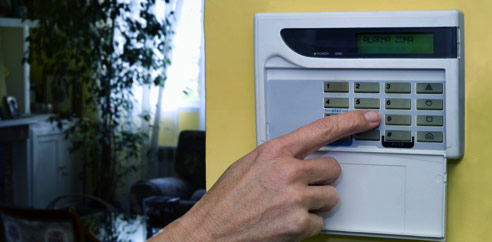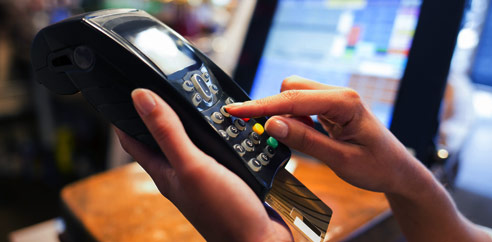Business Security: 10 Tips to Prevent Shoplifting
In 2016, the average inventory shrink rate, increased to 1.44 percent, up from 1.38 percent in 2015, according to the National Retail Security Survey 2017. Shoplifting by outside customers, accounted for 37% of retail inventory loss, followed by 30% in employee theft, 21% in administrative errors and 5% in vendor fraud. This loss cost retailers about $48.9 billion worth of inventory, a National Retail Federation survey found.
Items most commonly stolen include clothing, books, music, jewelry, watches, tires and car parts. “Everyone thinks about little Johnny stealing a pack of bubble gum, but there are also professional gangs that target stores and steal billions of dollars every year,” says Joseph LaRocca, an adviser for the National Retail Federation, in the article.
While it’s true that if you’re like most retailers, you’re using anti-theft tags on merchandise and IP video surveillance to help identify as well as deter thieves, there are additional steps you can take to prevent shoplifting – by customers as well as employees.
- Greet customers as soon as they come into the store. Addressing customers removes their anonymity. Shoplifters are known to avoid stores with attentive salespeople.
- Watch for customers who avoid eye contact, seem nervous, wander the store, linger, constantly look at store employees or exhibit other suspicious behavior. Approach shoppers exhibiting suspicious behavior and ask if they need help, instead of walking away from them – that’s often enough to deter potential shoplifters.
- Encourage employees to walk around the store, down various aisles, particularly along the walls instead of just down the center.
- Maintain a clean and organized store, including racks, shelves and dressing rooms. A disorganized, dirty store tells a shoplifter the employees are not paying attention. Keep shelves and displays low, and install adequate lighting to maintain visibility throughout the store.
- Keep commonly stolen items in plain view to discourage shoplifters. Place items that are often targeted in an area in the front of the store, near the cash register or another highly visible area.
- Compare notes with your neighbors. Talk with other shop owners about any suspicious behaviors they might have witnessed. Ask employees to keep logs of suspicious behaviors to share with each other as well as with other shop owners.
- Hire an adequate number of employees – enough to give customers personal attention. Stagger lunch and break times among employees.
- Draft a shoplifting policy and enforce it. Post the policy so employees and customers are aware of it. Offer ongoing training for employees so they understand how to prevent shoplifting or how to handle a situation if it does occur.
- Install anti-theft devices including security towers at entrances, security cameras throughout the store, convex mirrors in corners and anti-theft tags on merchandise.
- Restrict the use of fitting rooms. Lock dressing rooms, and require customers to see a salesperson before using the room. Post signs in fitting rooms warning against shoplifting.
If you suspect someone may be shoplifting, never accuse him, rather ask if you can help him or ring him up. Keep the person in your sight and contact security or a manager immediately. Never try to stop the shoplifter. If the shoplifter leaves the store, provide security with a detailed description of the person, including his vehicle, if possible.
To hear more about recent loss prevention trends, listen to our podcast featuring Robert Moraca, the NRF‘s VP of Loss Prevention.
NEXT STEPS:
- Subscribe to our blog to stay informed about the latest security news and insight.
- Stay up to date on security topics such as home alarm systems, business security systems, video surveillance systems, IP video networks, remote video monitoring, fire alarm systems, and fire alarm inspection.


















